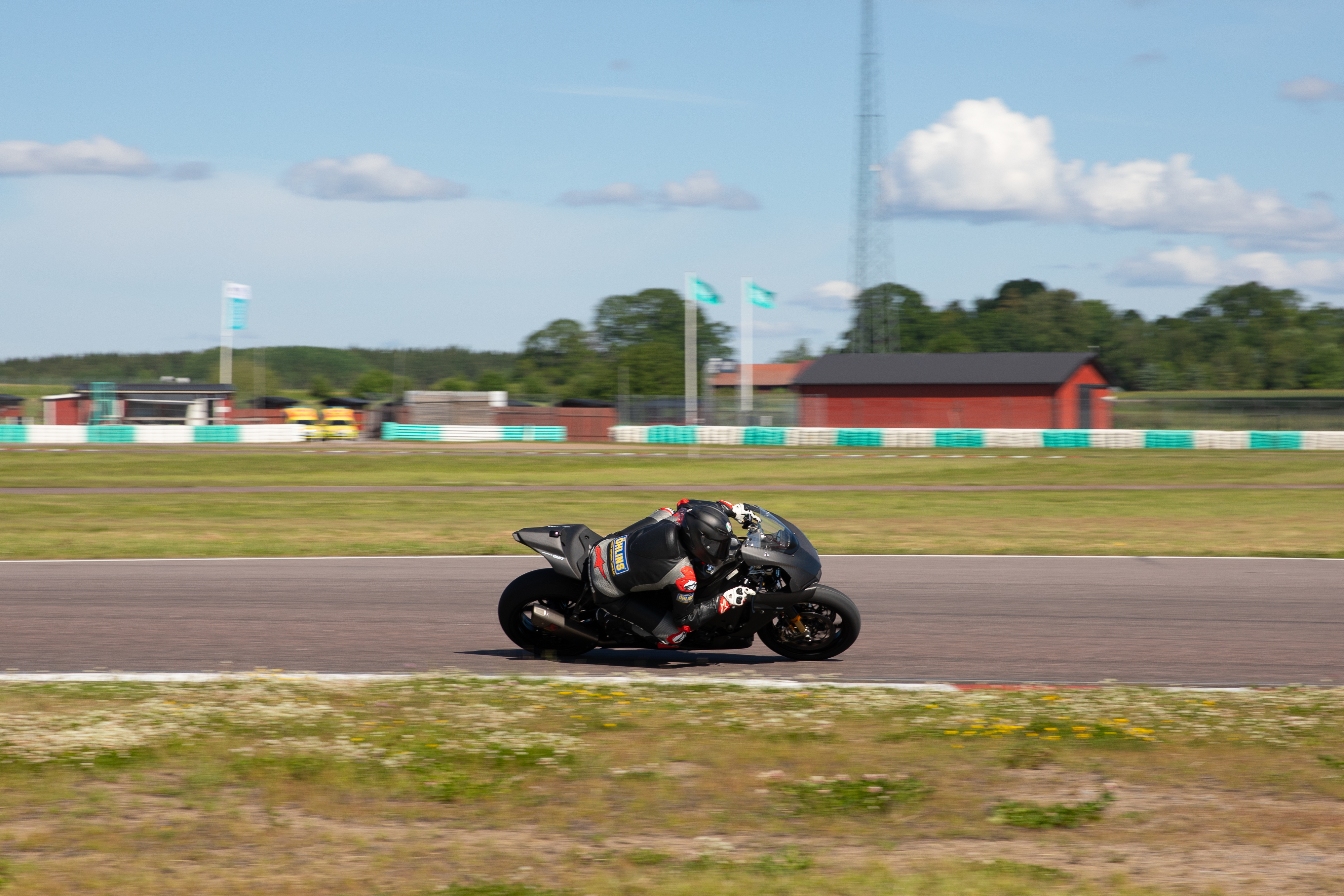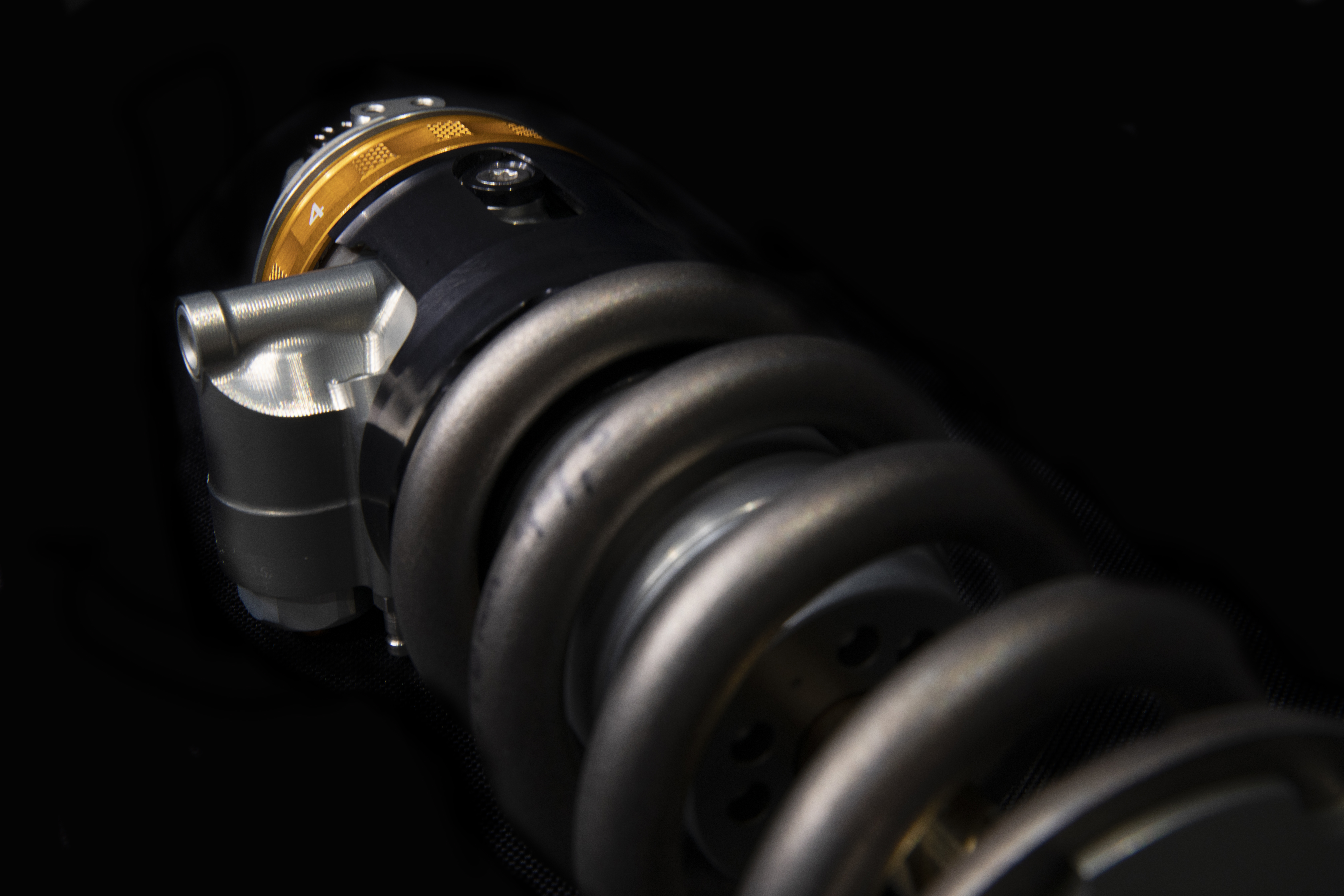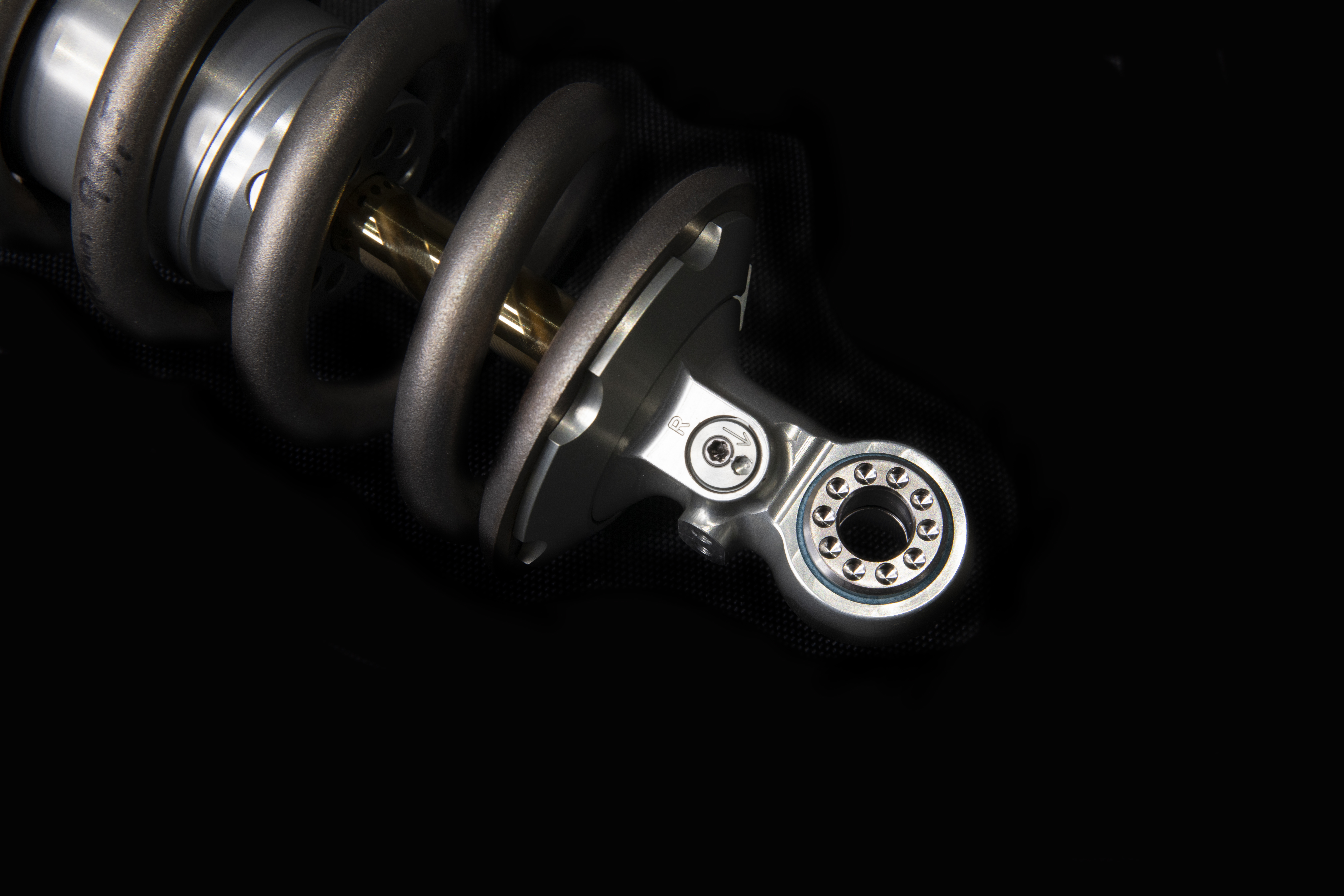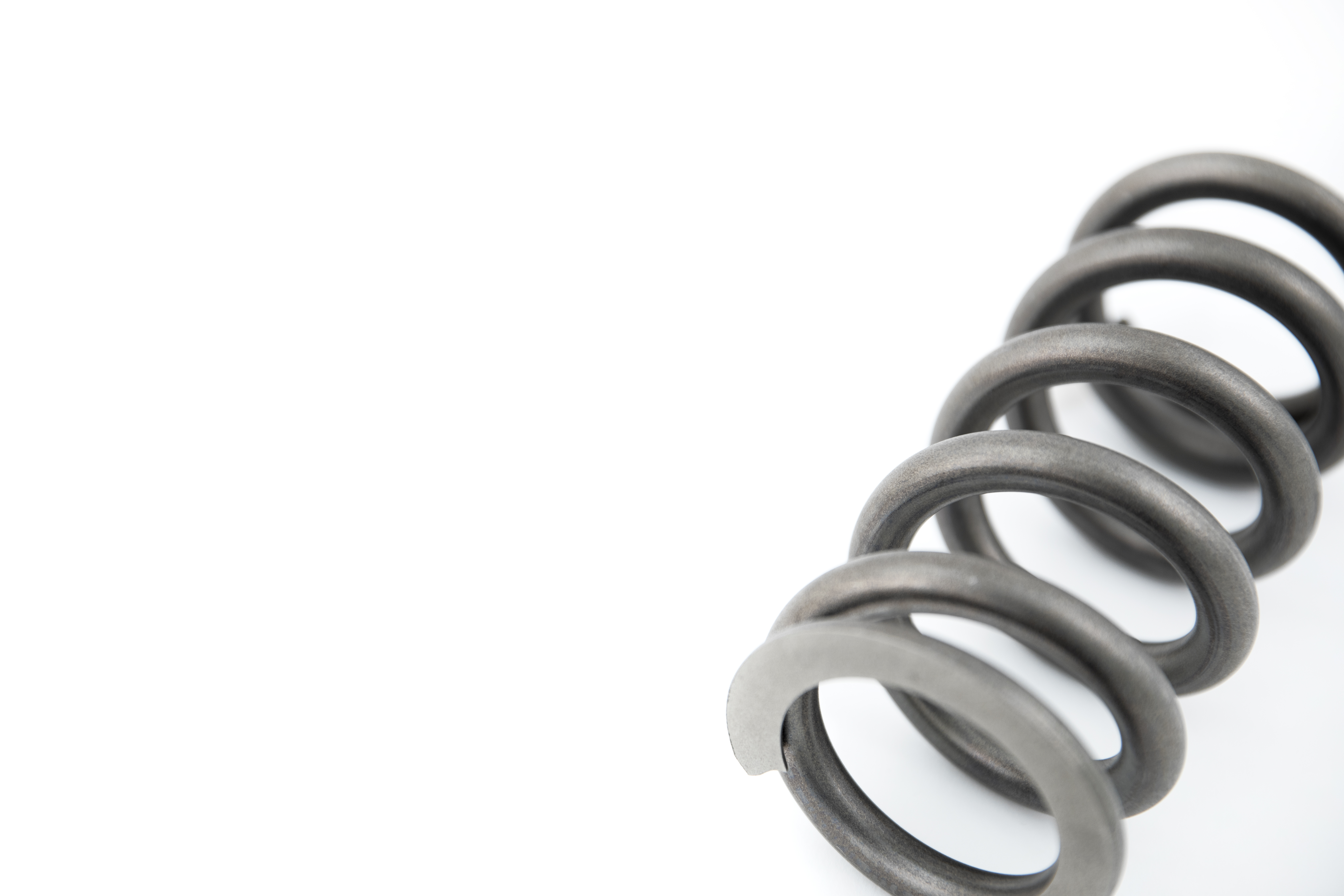Home » Industries » Case Studies » Revving up the Future of World Championship Motorbike Suspension with Öhlins Racing
Revving up the Future of World Championship Motorbike Suspension with Öhlins Racing
Lesjöfors legacy of spring craftsmanship married with material advancements and R&D programme secures engineering first.
“Lesjöfors have manufactured the next generation of springs for motorcycle racing.”
Jonas Torstensson, Design Engineer, Öhlins Racing
Öhlins, the number one suspension manufacturer of suspension for motorcycle, mountain bike and cars within aftermarket, OEM and motorsport with over 400 motorsport world titles, approached us with an idea of how to further improve bike and rider performances across MotoGP.
Design criteria of the project
What was the design brief?
The Öhlins team wanted the force through their rear motorbike racing suspension springs to have a linear spring rate (or a spring constant not varying through the stroke) and to be manufactured out of the lightest material possible, to achieve further winning performance gains for their race teams.
What did Lesjofors Heavy Springs do?
Recognising that a titanium material, with its high strength to weight ratio, would deliver the force pattern required, we explored numerous manufacturing processes over a two and a half year process to exact the requirements specified.
What makes the project special?
Advancing MotoGP component manufacture with a mix of past and present operational legacies – blending the heritage of experienced hand-crafted spring manufacture with highly technical engineering excellences to master the material properties and aesthetic requirements of the product.
Engineering Journey
Mass industrial production of this specific spring design and dimension has never been done before. To achieve it, the teams at Lesjöfors and Öhlins went through a multi-step R&D programme over many months.
- To secure the aesthetic quality, the titanium had to be manually coiled to avoid scratch marks on the metal.
- The spring required parallel end fittings. However, grinding is a very long and difficult process with titanium.
- Cutting the wire delivered the parallel end finish but affected spring stress and tolerance.
- Heat treatment processes relieved the stress before cutting and after numerous experimentations the manufacturing was mastered.
David Stolpe, Technical Engineer says: “The demand of a linear spring rate over almost the total spring travel was challenging but we achieved it by a varying pitch in different parts of the spring.”
Olof Jonsson, Sales Manager, concludes: “Balancing coiling and manufacturing process methodology with the requirements of the design and material restrictions associated with titanium has been a lengthy but rewarding process. It has been a long-term learning investment which has delivered a unique highly engineered product.”
Key Highlights
- Critical thinking
- Technical Expertise
- Innovation
- Problem solving
What’s Next?
There are three race teams under the elite Öhlins Factory Racing umbrella which currently use the new spring and supply to the MotoGP teams is ongoing.
“Evidence has shown that the new Lesjöfors suspension spring has resulted in a considerable weight reduction without any compromise on the performance. In fact, the fatigue properties of the titanium spring far outweigh the properties of its corresponding steel spring and to achieve this, as well as weight reduction, secures a uniquely high-performance spring.
This has not only been proved by our laboratory tests, but numerous tests have also been done on the racetrack where the MotoGP riders report the same feeling with the titanium springs as with a steel spring.”
Öhlins spokesperson
Related Case Studies
A team of students contacted Lesjöfors to assist with spring design and calculations for their car competing on the Bridgestone World Solar Challenge.
Related Case Studies
A team of students contacted Lesjöfors to assist with spring design and calculations for their car competing on the Bridgestone World Solar Challenge.
Related Case Studies
A team of students contacted Lesjöfors to assist with spring design and calculations for their car competing on the Bridgestone World Solar Challenge.
Find your local partner
Find contact information for Lesjöfors and contact us for all general inquiries.
How can we help you?
Our teams across our spring, pressing, gas spring and metal belt departments are available to help with your enquiry. Please complete the form below and one of our experts will be in touch.





